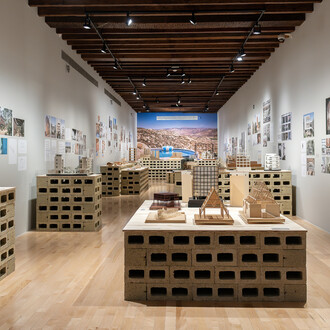At the end of 2013, Museo Amparo presented the exhibition Ecos. Testigos y testimonios de la Catedral de Puebla (Echoes. Witnesses and Testimonies of the Cathedral of Puebla), which showed the artistic wealth of the main temple of the diocese. Among the more than one hundred works on display, many of them unknown to the general public, but also to the history of art, one of the most striking was the cope of the Angelopolitan bishop of Canary Island origin Domingo Pantaleón Álvarez de Abreu, who held the position from 1743 to 1763.
It is a garment made in 1751 as part of a set destined for the main celebrations of the Cathedral, and in which multiple agents and elements converge. It was made by the most outstanding embroiderer of the time, Manuel de Mena, who was joined by several local women of indigenous origin who collaborated in his workshop, among whom Bárbara Quijano stood out. The richness of the garment itself makes it a reference, both for the infinite number of techniques and materials that were used and for the references that are now established for its execution and the echoes that it entailed in the local art of its time.
After several years of work by an interdisciplinary team funded by the Programa de Apoyo a Proyectos de Investigación e Innovación Tecnológica (PAPIIT) from the Dirección General de Asuntos del Personal Académico of the Universidad Nacional Autónoma de México (UNAM), the restoration of the piece was made at the Escuela Nacional de Conservación, Restauración y Museografía Manuel del Castillo Negrete from the Instituto Nacional de Antropología e Historia (INAH), place from where the cope returns. This masterpiece of viceregal Mexico on temporarily exhibition in Museo Amparo displays what has been investigated, thanks to the sensitivity of the Cathedral’s responsible clergymen.












